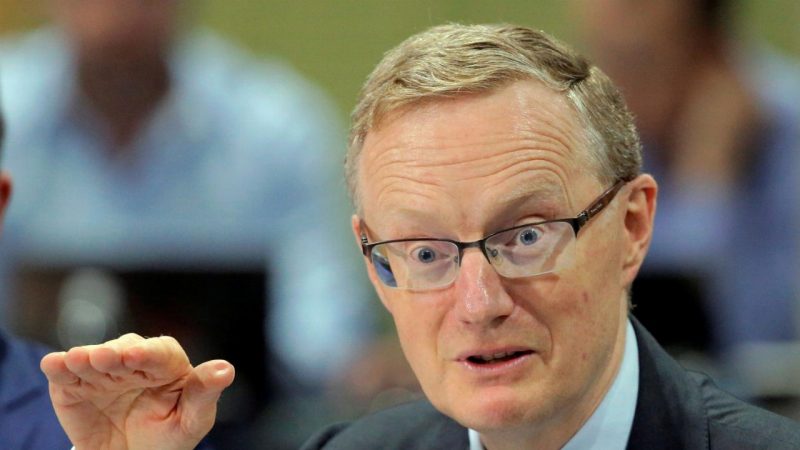- The RBA will continue on with its plans to reduce its bond purchases programme and has held the cash rate at record lows
- The reason for the quantitative easing reduction was the belief that the economy will bounce back strongly once COVID restrictions are eased
- RBA governor Phillip Lowe says the recovering Australian economy has taken a hit by the Delta outbreak, but the effects are expected to be only temporary
- The bank believes the economy will begin to grow in the December quarter and is expected to be back around the pre-Delta path in the second half of next year
On the back of the belief in a strong economic rebound once COVID-19 lockdowns are lifted, the Reserve Bank of Australia (RBA) will continue to lower the scale of its quantitative easing programme.
Following its monthly board meeting today, the central bank confirmed it would continue with the plan to reduce purchasing government bonds after the completion of the current bond program of $5 billion a week.
It is now purchasing government securities at the rate of $4 billion a week and to continue the purchases at this rate until at least mid-February 2022, an increase from the mid-November forecast announced last month.
As expected, RBA maintained the cash rate target at 0.1 per cent.
RBA governor Phillip Lowe said the recovering Australian economy has taken a hit by the Delta outbreak, but the effects are expected to be only temporary.
“GDP is expected to decline materially in the September quarter and the unemployment rate will move higher over coming months,” he said.
“While the outbreak is affecting most parts of the economy, the impact is uneven, with some areas facing very difficult conditions while others are continuing to grow strongly.
“As vaccination rates increase further and restrictions are eased, the economy should bounce back. There is, however, uncertainty about the timing and pace of this bounce-back and it is likely to be slower than that earlier in the year.”
In the bank’s central scenarios, the economy will begin to grow in the December quarter and is expected to be back around the pre-Delta path in the second half of next year.
Despite the positive economic and labour market outcomes prior to the Delta wave, wage and price pressures are still low.
The Wage Price Index grew by only 1.7 per cent year over year in the June quarter.
Mala Raghavan, Head of Economics and Finance at the University of Tasmania, said as long as inflation and wage rate are subdued, the cash rate won’t rise.
“The chances of these two variables rising in the near future are very slim, mainly due to the spread of delta strain of the coronavirus in the two major cities, slowing economic growth, sluggish household consumption, declining business investments, especially in the non-mining sector, and underutilisation of labor force,” she said.
RBA has set clear conditions the economy must meet before it raises the cash rate, namely, full employment and three per cent or more wage growth to sustain 2-3 per cent inflation, conditions it believes won’t be met until 2024.
Despite the ongoing effects of the Delta-induced lockdowns, many economists still believe the cash rate will rise before then.
Economist Ben Udy from Capital Economics still expects wage growth to rise faster than the RBA anticipates in 2022.
“So we expect the RBA will decide to lift rates in early 2023, rather than 2024 as the Bank currently expects,” he said.

